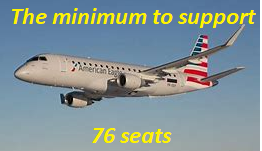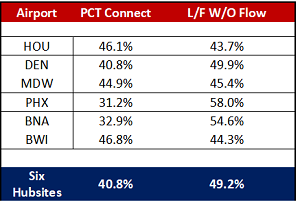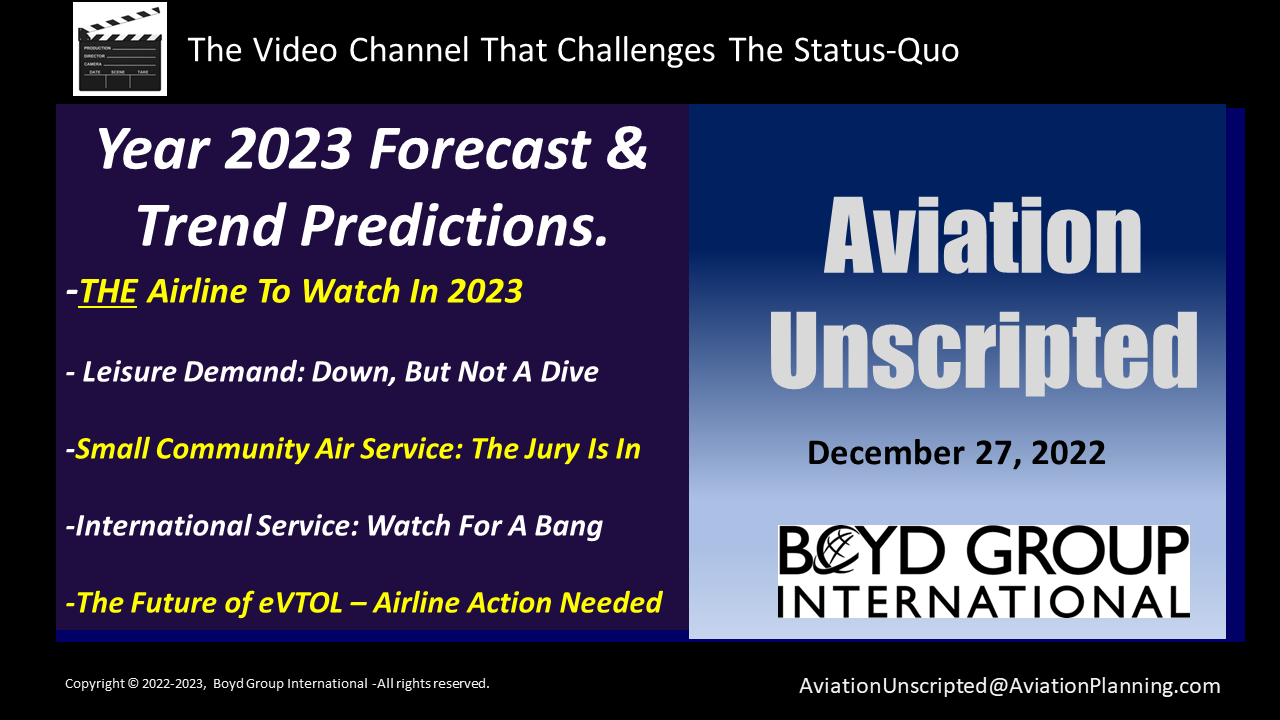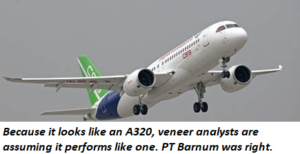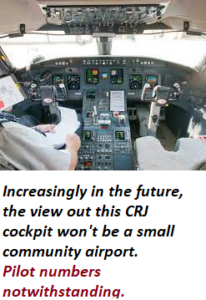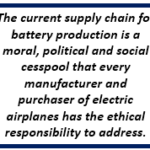Before we start this week…
The Update is being posted on Tuesday, January 17, in observance of the Martin Luther King Holiday.
To start, we’d point out that Dr. King’s message was universal. Not only great personal advice, but sound guidance for a lot of our lives, including business.
As we move into the challenges in aviation for 2023, we may want to consider these observations given to us by Dr. King:
“Rarely do we find men who willingly engage in hard, solid thinking. There is an almost universal quest for easy answers and half-baked solutions. Nothing pains some people more than having to think.”
“The soft-minded man always fears change. He feels security in the status quo, and he has an almost morbid fear of the new. For him, the greatest pain is the pain of a new idea.”
As we move into the challenges of 2023, we all need to give consideration to Dr. King’s guidance in regard to the issues facing aviation. We all have resistance to change. Easy answers too often tend to be the goal.
The need for us to think out of the past is imperative, but we too often shy from them. We have a long way to go, still. We owe a lot to Dr. King’s guidance.
__________________
Get Ready. Let The Senate Games Begin
The FAA Has Major Challenges.
Congress Wants To Make It A Political Playground.
Just got word that the Senate will hold hearings to get to the bottom of how Southwest screwed up over the holidays.
Senator Maria Cantwell is outraged. She’s making profound statements, like “consumers deserve reliable air service” or some stuff like that. Yessir, she assures us, we in the Senate are going to take Southwest to task.
The Usual Show Agenda – Maximum Impact. Facts Secondary. The agenda will probably be an initial panel of consumers who were devastated by Southwest cancelling flights.
Not that this information will do anything to resolve what happened in the past, as these types of stories have been recounted in thousands of media articles. But it will show that whatever Senate Hoedown Committee is involved really, really has empathy, and intends to take action. Misusing human tragedy for political ends is not new.
Then there will be the panels of airline executives, maybe salted with a few toady-level “consultants” or experts from the consumer or even the aviation sector. This will be the prime show for the Senate panel members, who will perform like trained seals decrying the event, and demanding that heads must roll.
Plan also on at least a cameo appearance by DOT Secretary Buttigieg, who will earnestly advise the Senators all the hard work he’s doing to assure this won’t happen again.
The Real Threat To Safety Is Now Is Continued Mismanagement of the FAA. ‘Course, not much will be made of the major safety IT failure on the part of Buttigieg’s FAA. A major safety failure that shut down the entire air transportation system. Not just Southwest, but sending the entire USA air transportation system into chaos.
Cantwell and crew won’t likely get too much into it. Crocodiles generally don’t attack each other.
The FAA’s unreliable IT systems and the incompetent management of same probably will get either ignored or just touched on, even though it was an indication of a situation much more safety-related than the Southwest event. Much more of a threat to the public.
There’s more that will be ignored by Cantwell and her Senate Rangers.
Just this week, there was a near collision between airliners on the ground at JFK International Airport. It was avoided at the last second. But it was an event that involved the FAA. Buttigieg’s FAA.
The Southwest problem was due to inadequate crew management systems specific to one airline. The FAA problem was due to complete failure of a major safety system, without which the entire air transportation system shut down. Reportedly, an old system.
The Real Message: FAA Needs Expert Technical Leadership. Not A Political Appointee. Touching the Third Rail, these events once again prove that the FAA itself is in dire need of hard, competent management leadership with in-depth experience in the areas covered by the agency.
But that is not what the occupants of the White House are intending to do. Just to opposite.
Let’s just touch on the huge challenges the FAA is looking at in the next two years.
We have eVTOL aircraft coming – hundreds of them. That means new procedures and regulations to assure safety and protect the public. No, these aren’t in progress. The issues of new CFR equipment and emergency training are not in place. The issues of maintenance requirements for whole new and untried powerplant systems are not fully addressed. The airport facility revisions and ATC demands are not yet in place. Procedures and oversight of handling of toxic batteries are not in place.
Beyond this, the administrative quagmire that allowed the 737MAX fiasco still hangs a shadow over the FAA. Then there’s the need for more oversight of foreign repair stations. The emerging value and also the emerging security issues represented by increasing drone use will be a huge planning challenge.
And these are just at the top of the pile. Yet people like Senator Schumer and the occupant of the White House are demanding the appointment of a person with no such expertise whatsoever. None.
To contend that an appointee with no extensive and relevant experience or perspectives on specific aviation matters can direct the Federal Aviation Administration is flat out nonsense. But, if all goes to the plan, that is exactly what’s coming.
Think about it.
__________
Finally:
Now Posted At Aviation Unscripted:
The Air Service Challenges For 2023
Join us for a 10 minute video outline of the coming shifts in air transportation that have been missed in the mainstream. If you’re planning for the future, this is a source of insights that will deliver new perspectives into the future.
Areas such as:
 The coming growth in secondary airport international travel.
The coming growth in secondary airport international travel.
The major strategy shifts taking place at ULCC carriers.
The new air service value metric: clock time, not local departures.
How fixing the pilot shortage is actually reducing small/rural air service access.
The end of scatter-shot air service schemes and the need for specific focus.
How the consumer will make the air service decisions in the future.
Get an jump on the future. Click here for planning insights not available anywhere else.

